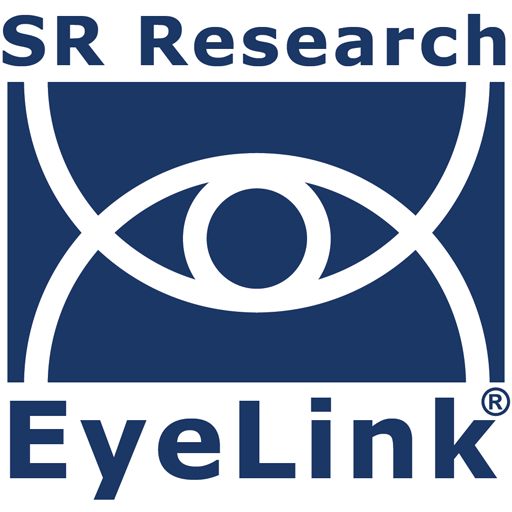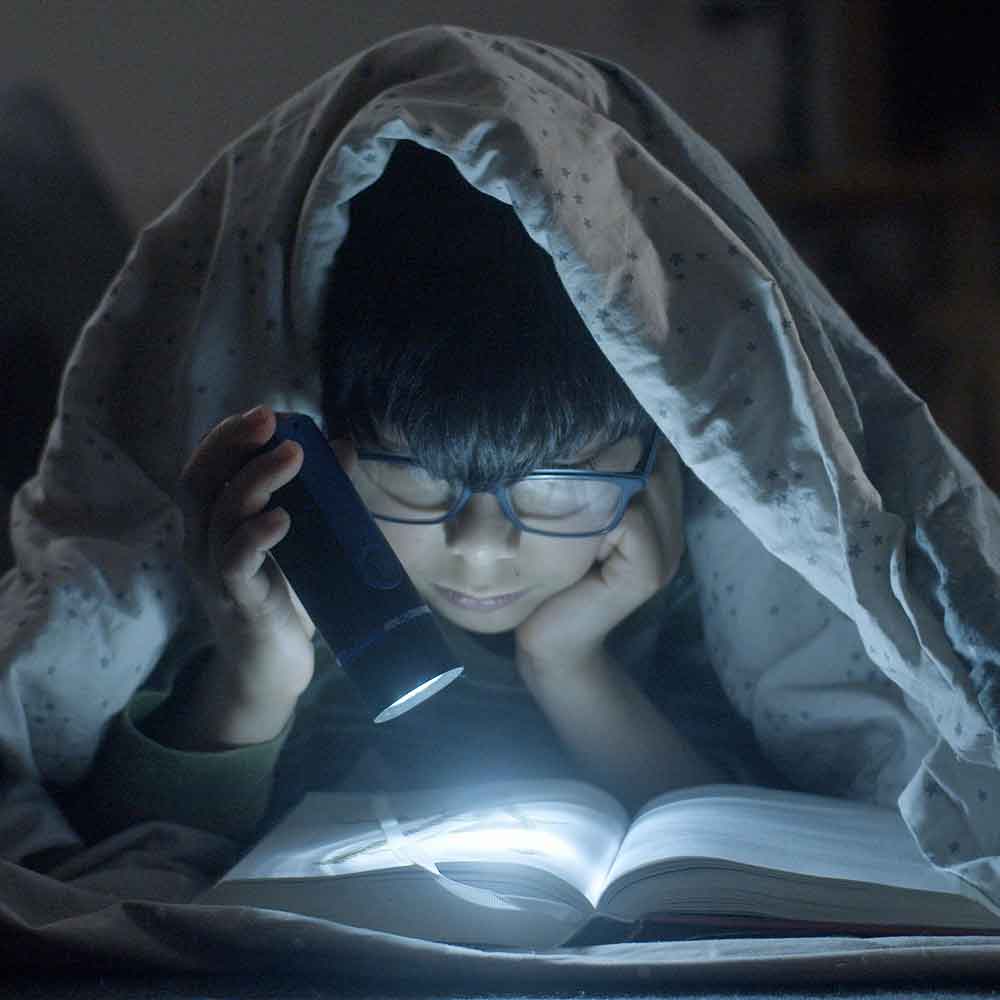
Eye tracking research in education provides powerful insights into how students process information, engage with learning materials, and develop reading or problem-solving skills. By capturing patterns of visual attention in real time, eye trackers allow educators and researchers to better understand cognitive processes that are often invisible. This approach helps improve instructional design, identify learning challenges, and support more effective, personalized teaching strategies.
Advancing Educational Research with EyeLink Eye Trackers
The EyeLink 1000 Plus is a highly versatile and precise system ideal for controlled laboratory studies. The EyeLink Portable Duo offers a portable and user-friendly solution, enabling researchers to conduct studies outside the labs, such as in classrooms and daycares. Multiple Portable Duo systems can be installed in one classroom, allowing for simultaneous collection of data. EyeLink systems have been used to explore a wide range of topics in educational research, including:
- Reading and Literacy Research: Researchers track eye movements to understand how learners decode text, process complex sentences, and build comprehension.
- STEM Education: Eye trackers can reveal how students solve mathematical problems, interpret scientific diagrams, and engage with interactive simulations.
- Special Education Research: Eye trackers are used to identify the unique visual processing challenges faced by individuals with learning differences like dyslexia and autism spectrum disorder. The detailed data provided by eye tracking systems allows researchers to develop and test targeted interventions to support diverse learners.
- Multimedia Learning: Eye tracking reveals how students integrate information from text and images, leading to better instructional design.
- Online Learning: Eye trackers indicate how students visually engage with digital content, showing patterns of attention, comprehension, and cognitive load that inform the design of more effective educational technologies.
- Instructional Design and Usability: Researchers use eye tracking to evaluate the effectiveness and usability of educational interfaces and materials, ensuring that learners can easily navigate and comprehend the presented information.
- Cognitive Load Assessment: The analysis of pupil dilation and gaze patterns helps in assessing the mental effort a learner is expending, allowing for the adjustment of task difficulty to an optimal level for learning.
Case Study Examples of EyeLink Eye Trackers in Educational Research
Powerful Software Solutions
EyeLink systems are accompanied by a comprehensive suite of software. SR Research’s Experiment Builder provides an intuitive graphical interface for designing a wide range of experimental paradigms. Our screen recording solution, WebLink is perfect for recording gaze while students interact with online learning resources and software. Data Viewer offers a robust platform for analyzing, viewing and reporting the rich data captured by the eye trackers. All EyeLink eye tracking systems are also compatible with other popular stimulus presentation software solutions, including PsychoPy, E-Prime, Presentation, and Psychtoolbox, offering maximum flexibility for education researchers.
For more information regarding how SR Research products can help your research, please contact us. We are happy to help! To see other peer-reviewed published research with EyeLink eye trackers, see our list of over 13,000 publications or our sample of case studies.





